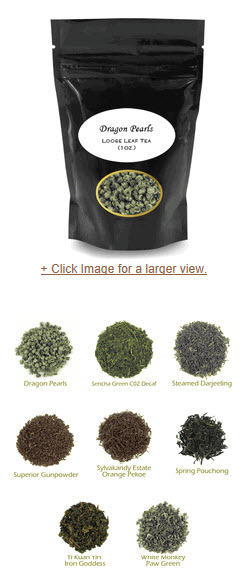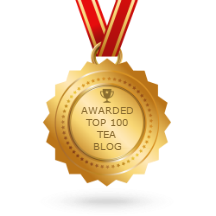
If you look at this nifty chart, you’ll see that the interest in green tea – at least as measured by Web searches – peaked in early 2005, dipped a bit over the course of the next few years and has been mostly on the rise since then. It’s also safe to say, though I don’t have the research at hand to back such a statement, that green tea is by far the most popular of the major types of tea. The article I’m about to discuss makes the same claim so there’s obviously something to it.
It’s also no secret that much, if not most, of the flurry of interest in green tea has to do with its beneficial effects on health – be they real or alleged. So it was interesting to see recently that one of our national papers of record – the New York Times – took a look at how well different types of tea stack up when it comes to the compounds that make tea healthy.
The article was based on findings by ConsumerLab.com, which you can access (for a price) here. According to the summary in that national paper of record, the study found that “green tea can vary widely from one cup to the next.” Which might be a case of restating the obvious more than just a bit, but let’s look into things a little deeper.
One of the findings of the study, which might interest newcomers to tea drinking but which shouldn’t be too surprising to old hands, is that loose leaf teas are the “most potent source of antioxidants like epigallocatechin gallate, or EGCG.” Tea bags made by “big” tea companies are said to be a more cost efficient source of said compounds although I’m among those who often find them to be a bit lacking in the flavor department.
As for the bottled teas, well, many of these are just the thing if you’re looking to meet your daily intake of sugar but when it comes to allegedly health-giving compounds they don’t always stack up quite so well. One bottled variety that was examined contained almost no EGCG, while another actually contained about one-third of the catechins promised on the label. By comparison a single serving of a high-quality Japanese green tea contained more than twice as much catechins as the latter.
Other concerns about green tea included the relatively high concentrations of lead found in the leaves, though scientists noted that the way tea is prepared and consumed this is not as much of an issue as it could be.
See more of William I. Lengeman’s articles here.
© Online Stores, Inc., and The English Tea Store Blog, 2009-2014. Unauthorized use and/or duplication of this material without express and written permission from this article’s author and/or the blog’s owner is strictly prohibited. Excerpts and links may be used, provided that full and clear credit is given to Online Stores, Inc., and The English Tea Store Blog with appropriate and specific direction to the original content.



Leave a comment